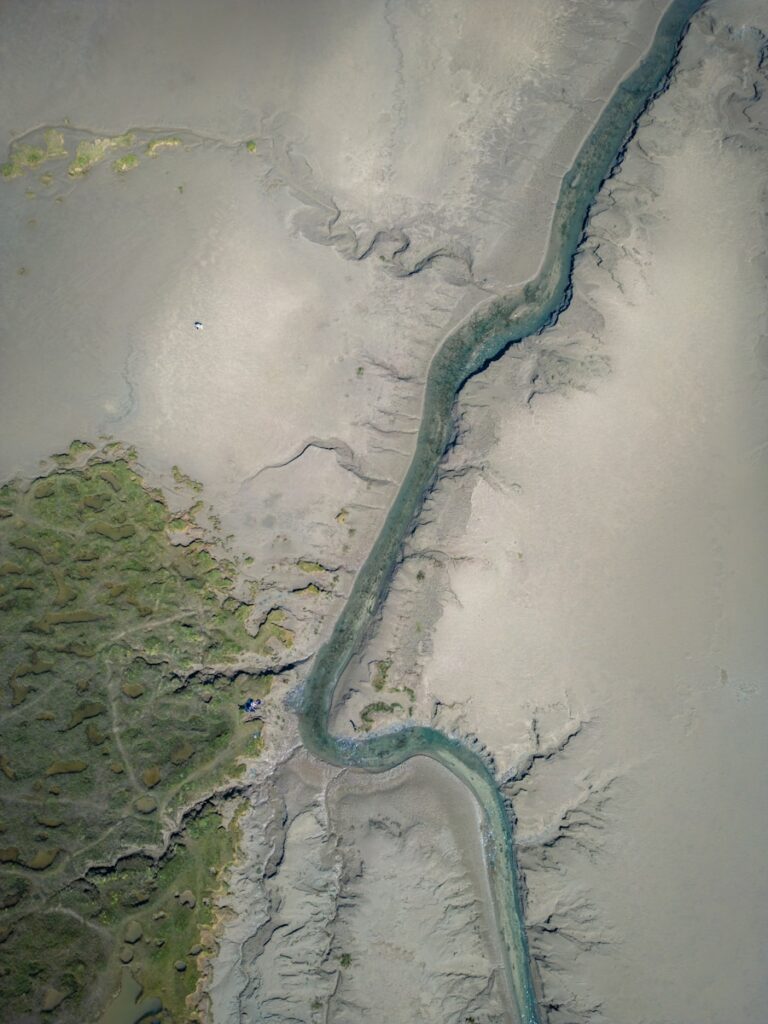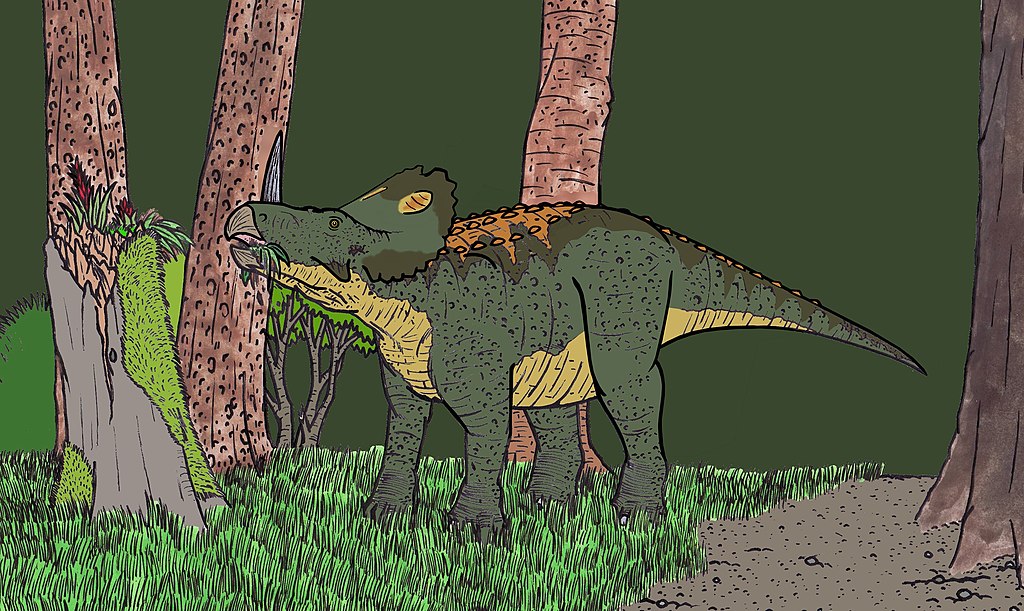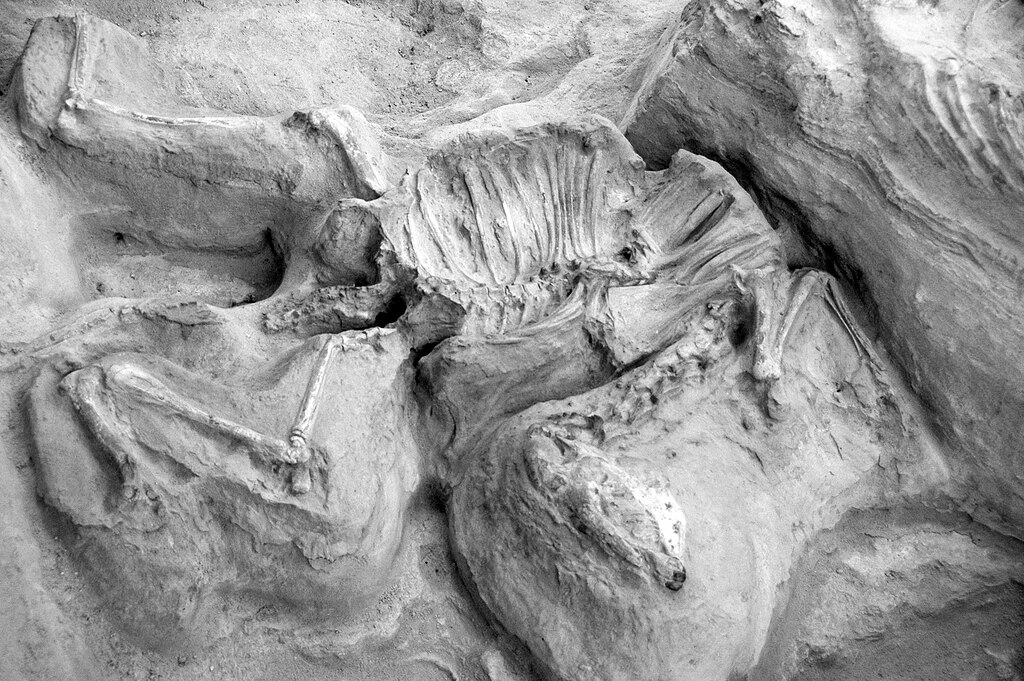River deltas—those fan-shaped sedimentary deposits where rivers meet larger bodies of water—have become crucial windows into Earth’s distant past. These dynamic environments preserve remarkable fossil records that offer paleontologists unique insights into mass extinction events, particularly the Cretaceous-Paleogene (K-Pg) extinction that wiped out non-avian dinosaurs 66 million years ago. The study of modern and ancient delta formations has revolutionized our understanding of how prehistoric life forms died, were buried, and ultimately fossilized. By examining sediment layers, burial conditions, and preserved remains in these environments, scientists can reconstruct not just what happened to dinosaurs, but how their final moments were recorded in Earth’s geological archives.
The Preservation Power of River Deltas

River deltas represent some of Earth’s most efficient natural preservation systems, making them invaluable to paleontologists studying dinosaur extinction. When rivers slow upon reaching larger bodies of water, they deposit sediments that can rapidly bury animal remains, creating ideal conditions for fossilization. This quick burial process protects organic material from decomposition and scavenging that would otherwise destroy potential fossils. In the case of dinosaur remains, delta sediments often entomb specimens with minimal disturbance, preserving articulated skeletons and even soft tissues in exceptional cases. The layered nature of delta deposits also creates a readable timeline, allowing scientists to precisely determine when organisms died relative to major environmental events like asteroid impacts or volcanic eruptions. These natural time capsules continue to yield some of our most complete dinosaur specimens and provide crucial contextual information about their final days.
Hell Creek Formation: Delta Deposits Tell the Extinction Story
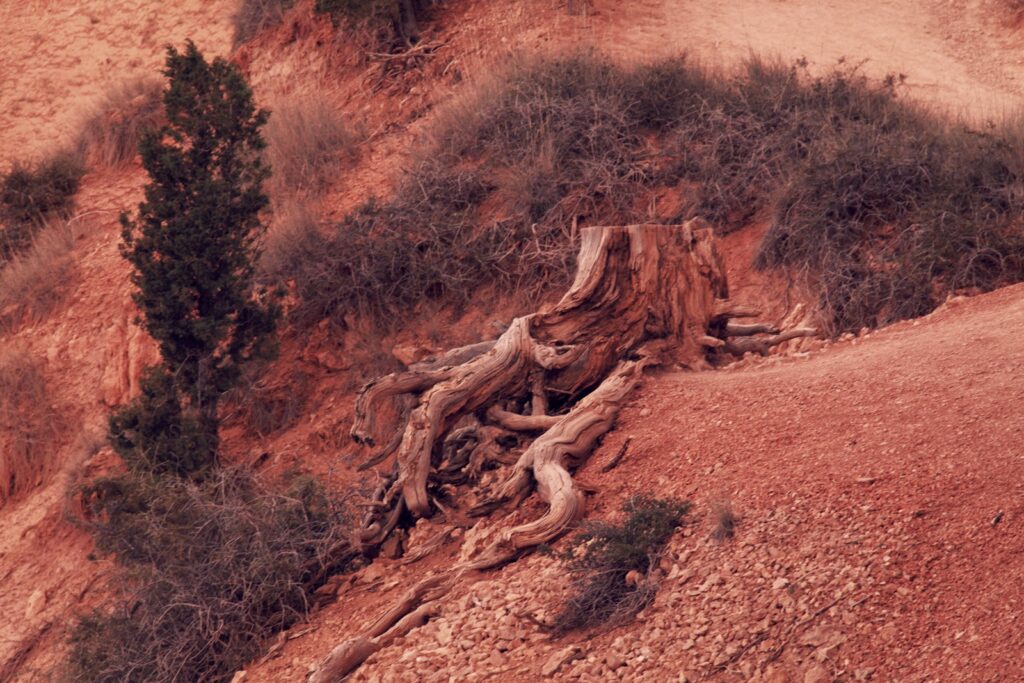
The Hell Creek Formation, spanning parts of Montana, North Dakota, South Dakota, and Wyoming, represents one of the most studied delta environments from the end of the Cretaceous period. This ancient river delta system has preserved an extraordinary record of life immediately before, during, and after the K-Pg extinction event. The formation’s distinctive layers show a clear transition from diverse dinosaur fossils in lower sediments to their complete absence above the K-Pg boundary layer, which contains elevated iridium levels consistent with asteroid impact. Within these delta deposits, paleontologists have documented evidence of massive ecological disruption, including a “dead zone” immediately following the extinction event. The Hell Creek’s delta environment not only preserved dinosaur remains but also captured evidence of tsunamis and seismic activity that followed the Chicxulub impact. Perhaps most telling is how the plant fossil record changes dramatically across these delta deposits, showing the collapse of forest ecosystems that dinosaurs depended on for survival.
Taphonomy: How Deltas Preserve Death
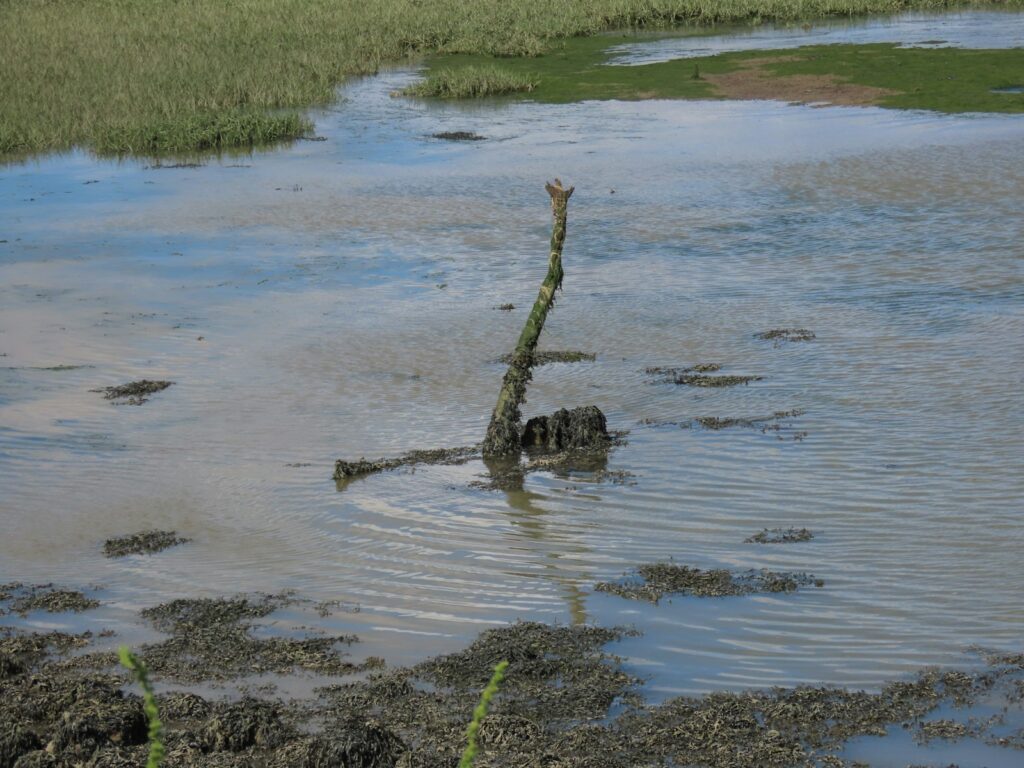
Taphonomy—the study of how organisms decay and become fossilized—finds its perfect laboratory in river delta environments. These settings create multiple preservation pathways that reveal different aspects of dinosaur deaths. In oxygen-poor delta sediments, anaerobic conditions can slow decomposition significantly, sometimes preserving soft tissues that would otherwise rapidly decay. The varying energy levels within delta systems also create distinctive fossil assemblages; high-energy channels might preserve only the most robust dinosaur bones, while quiet backwaters can entomb complete skeletons with minimal disturbance. Delta deposits often capture what paleontologists call “mass death assemblages”—groups of animals that died simultaneously, potentially from catastrophic events like floods, volcanic eruptions, or the aftermath of the K-Pg asteroid impact. By studying the orientation, articulation, and condition of dinosaur remains in delta sediments, scientists can distinguish between gradual, background extinction patterns and the abrupt mass mortality events that characterize catastrophic extinction.
Reading Time in Sediment Layers
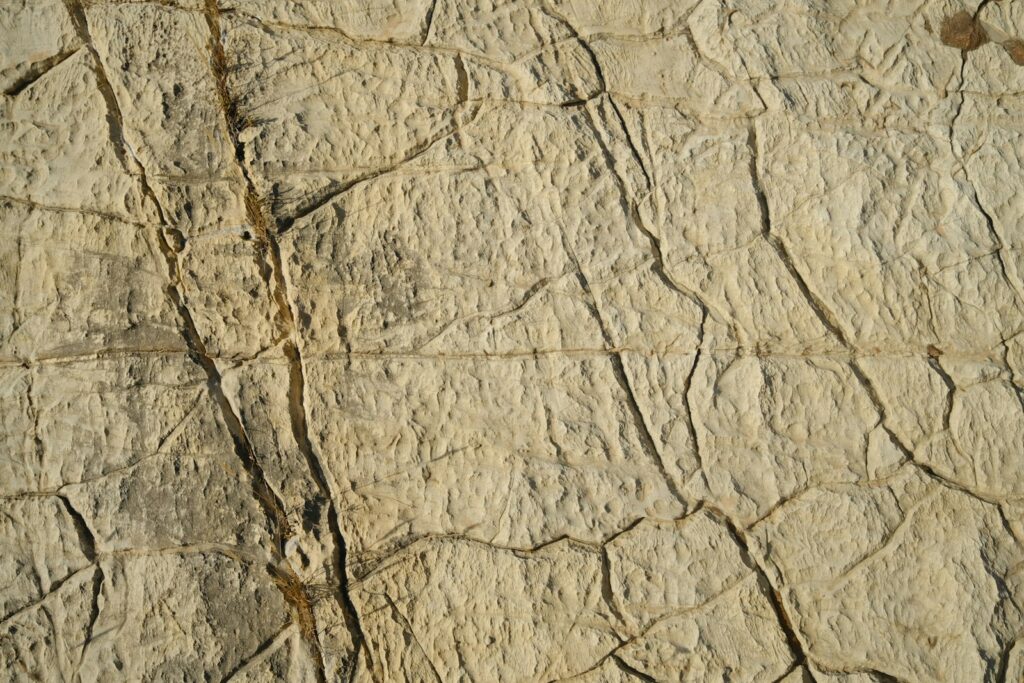
Delta environments excel at recording time through their distinctive sediment layering, creating what scientists call chronostratigraphic sequences that are crucial for understanding dinosaur extinction timing. These layers accumulate relatively quickly compared to other depositional environments, providing higher temporal resolution for studying extinction events. Each layer represents a specific period, sometimes capturing seasonal changes or individual flood events that might have occurred within dinosaurs’ final years. The K-Pg boundary itself appears in many delta deposits as a distinctive clay layer enriched with extraterrestrial elements, marking the precise moment of catastrophic change. By measuring the thickness and composition of sediments above and below this boundary, scientists can estimate how quickly ecosystems collapsed and how long recovery took. The rhythmic nature of delta sedimentation also allows researchers to count back through time, potentially identifying precursor environmental stresses that may have already been affecting dinosaur populations before the final extinction event.
Environmental Clues in Delta Sediments

Delta sediments preserve not just dinosaur bones but also invaluable environmental indicators that reveal ancient climate conditions during extinction events. Pollen grains, plant spores, and leaf fossils trapped in these sediments provide records of vegetation changes that directly impacted dinosaur food sources. Chemical analysis of delta deposits can detect shifts in temperature, precipitation patterns, and even atmospheric composition that corresponded with dinosaur population declines. Oxygen isotope ratios preserved in fossil shells and teeth within delta sequences reveal information about water temperature fluctuations that may have stressed dinosaur ecosystems. The presence of charcoal layers in many K-Pg boundary delta deposits suggests widespread wildfires following the asteroid impact, demonstrating one mechanism for dinosaur habitat destruction. These environmental proxies, uniquely preserved in delta settings, allow scientists to reconstruct not just that dinosaurs died, but exactly what environmental conditions they experienced in their final days.
The “Last Dinosaur” Hypothesis
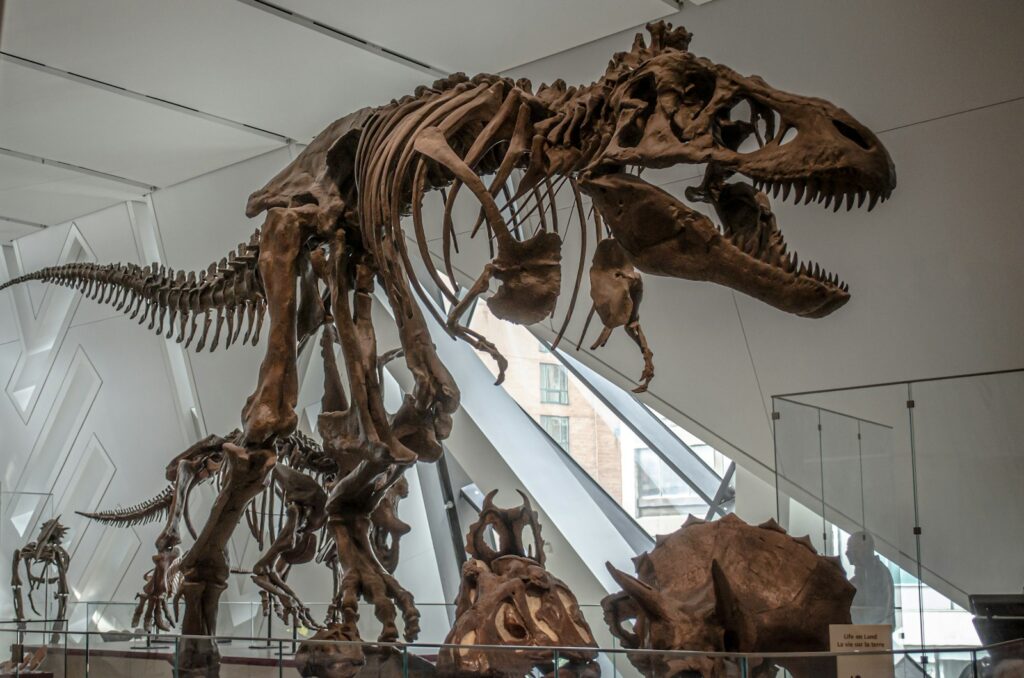
River delta research has contributed significantly to what paleontologists call the “Last Dinosaur” hypothesis—the ongoing quest to find the most recent dinosaur fossil before extinction. Delta environments, with their rapid burial processes and fine temporal resolution, offer the best chance of preserving specimens from the very last dinosaur populations. The current record holder for the closest non-avian dinosaur to the K-Pg boundary comes from the Hell Creek Formation, where a partial Triceratops horn was discovered just 5 centimeters below the extinction layer. This proximity suggests some dinosaurs survived until extremely close to the asteroid impact event rather than experiencing a gradual decline beforehand. Delta deposits also preserve evidence of dinosaur nesting sites active just before extinction, including eggshells and juvenile specimens that indicate dinosaurs were still successfully reproducing when catastrophe struck. The search continues in delta deposits worldwide for specimens that might exist even closer to the boundary, potentially answering whether any non-avian dinosaurs briefly survived the initial impact effects.
Comparing Modern and Ancient Deltas
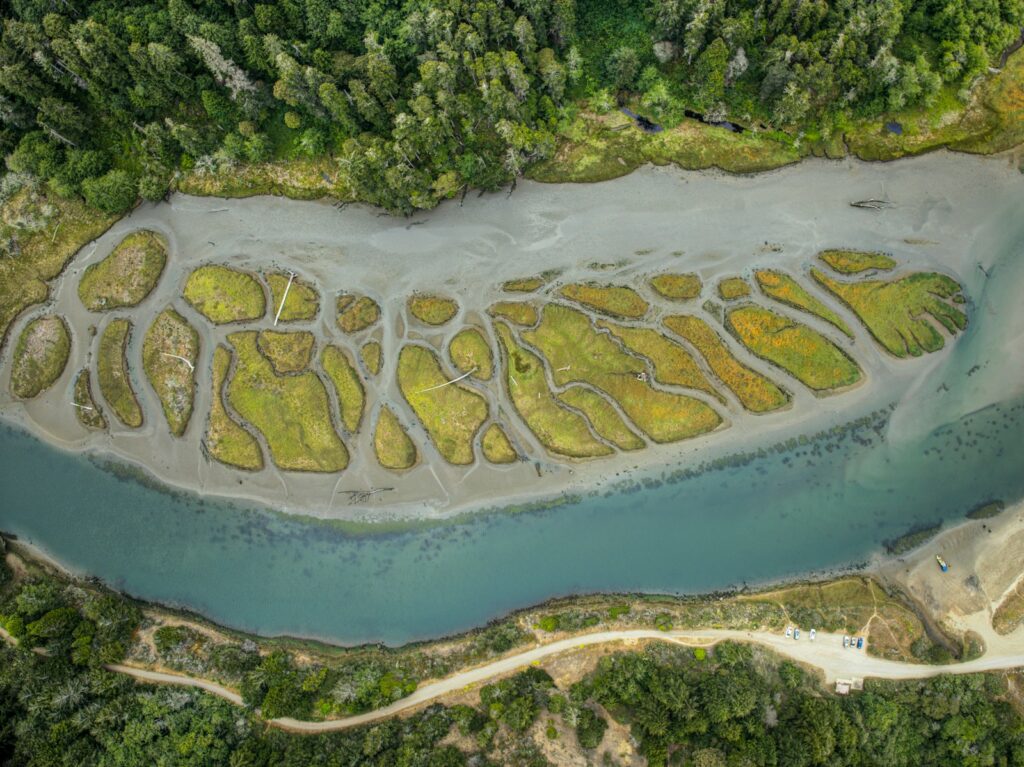
Modern river deltas serve as crucial analogs for understanding ancient delta environments where dinosaur remains were preserved. Scientists studying the Mississippi Delta, for instance, can observe firsthand how animal remains become incorporated into sediments under different conditions, informing interpretations of fossil assemblages. Experiments in contemporary delta settings demonstrate how flooding events, seasonal changes, and water chemistry affect bone preservation, creating reference models for ancient processes. Modern delta observations have revealed that certain areas within these environments—particularly oxygen-depleted subaqueous zones—create preservation hotspots where fossilization potential dramatically increases. The varying energy regimes observed in today’s deltas help explain why dinosaur fossils show different preservation states and distributions within ancient delta deposits. Climate change impacts on modern deltas also provide insights into how Cretaceous climate fluctuations might have affected dinosaur habitats prior to the asteroid impact, potentially creating environmental stresses that compounded extinction pressures.
Beyond Bones: Chemical Signatures in Delta Sediments
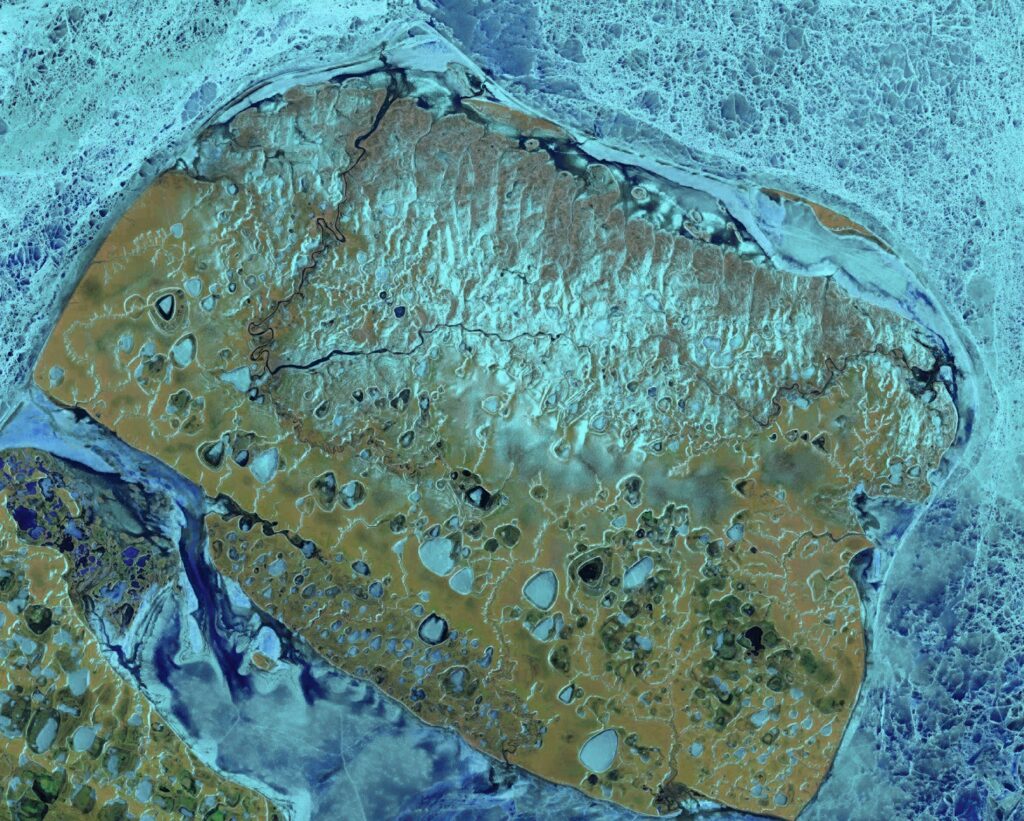
Delta sediments preserve chemical signatures that reveal critical aspects of dinosaur extinction mechanisms beyond what bones alone can tell us. The iridium anomaly—a concentration of this rare element typically found in asteroids—appears most distinctly in delta deposits at the K-Pg boundary, providing smoking-gun evidence for the impact hypothesis. Sulfur compounds preserved in delta sediments indicate massive atmospheric acidification following the Chicxulub impact, which would have created acid rain that devastated dinosaur habitats. Carbon isotope shifts recorded in delta organic matter show dramatic changes in the carbon cycle and primary productivity collapse at the extinction boundary. Certain delta deposits have even preserved traces of soot and polycyclic aromatic hydrocarbons that suggest global wildfires in the impact aftermath, explaining one mechanism for dinosaur habitat destruction. These chemical archives, uniquely preserved in the low-energy environments of ancient deltas, have been instrumental in confirming that multiple killing mechanisms—from impact winter to acid rain—combined to make the K-Pg extinction so devastating for dinosaurs.
The Survival Puzzle: Why Some Species Persisted
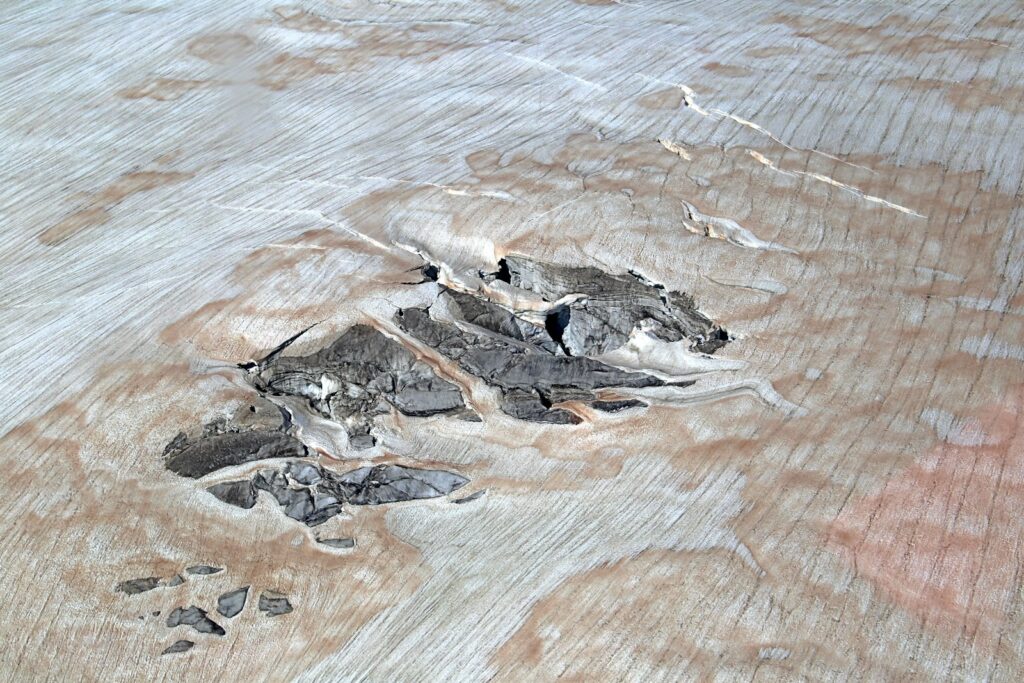
Delta deposits hold crucial clues to one of paleontology’s most persistent questions: why certain species survived the K-Pg extinction while dinosaurs perished. These environments preserved remains of both victims and survivors, creating natural experiments in extinction selectivity. Fossil evidence from delta sequences shows that freshwater species generally fared better than terrestrial or marine organisms, suggesting that freshwater environments offered some buffering against extinction pressures. Small body size emerges as another survival advantage in the delta fossil record, with diminutive mammals, amphibians, and proto-birds showing higher survival rates than large-bodied dinosaurs. Dietary flexibility appears significant as well—delta deposits reveal that omnivorous and detritivorous species had better survival odds than specialized feeders like many dinosaur groups. Perhaps most tellingly, delta sediments document the rapid evolutionary radiation of birds—the surviving dinosaur lineage—immediately after the extinction boundary, demonstrating how their unique adaptations allowed them to persist while their dinosaur relatives vanished.
Catastrophe Captured: Tsunami Deposits and Impact Evidence
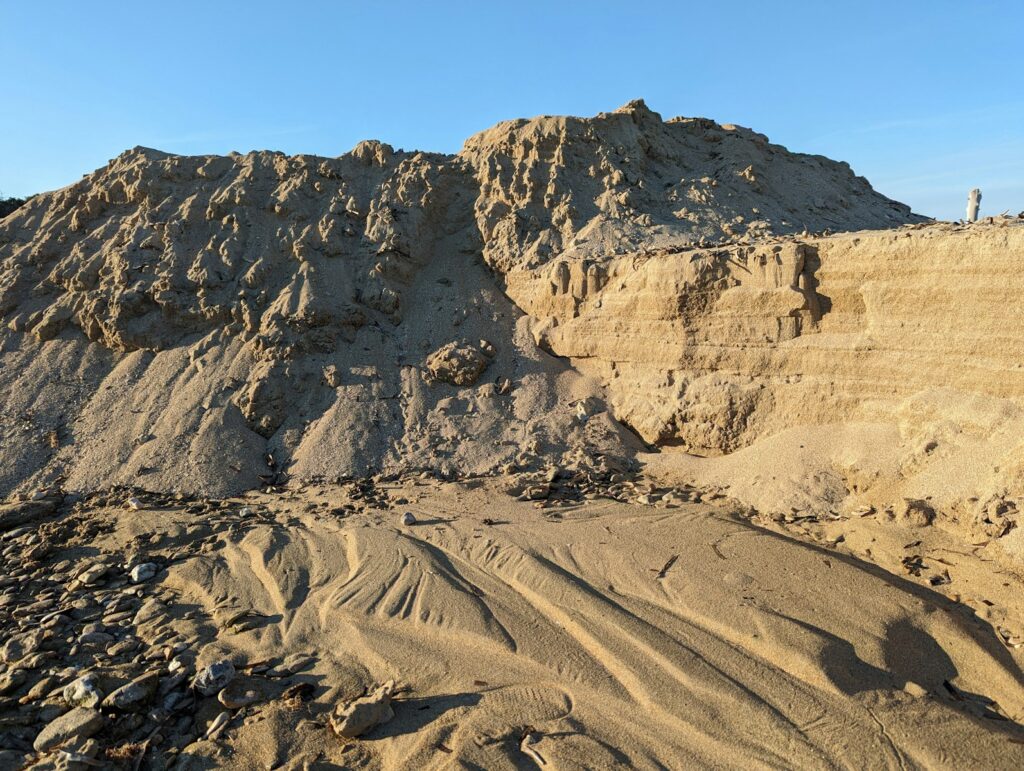
Some of the most dramatic evidence for dinosaur extinction comes from tsunami deposits preserved in coastal delta environments, particularly those around the Gulf of Mexico. These distinctive sediment layers show chaotic mixing, massive sediment transport, and “upside-down” stratigraphy that could only result from catastrophic waves generated by the Chicxulub impact. In some Gulf Coast delta deposits, paleontologists have found dinosaur remains directly within these tsunami layers, suggesting some individuals died in the immediate aftermath of impact. Spherules—tiny glass beads formed from rock vaporized during the asteroid collision—appear abundantly in delta deposits at the K-Pg boundary, providing physical evidence of the impact event. Some delta sequences even preserve evidence of multiple tsunami waves that struck coastlines in succession as the Earth continued to respond to the asteroid’s energy. These catastrophic deposits, uniquely preserved in delta environments, provide a minute-by-minute account of how rapidly dinosaur habitats were destroyed in regions proximal to the impact site.
Global Patterns: Delta Evidence Worldwide
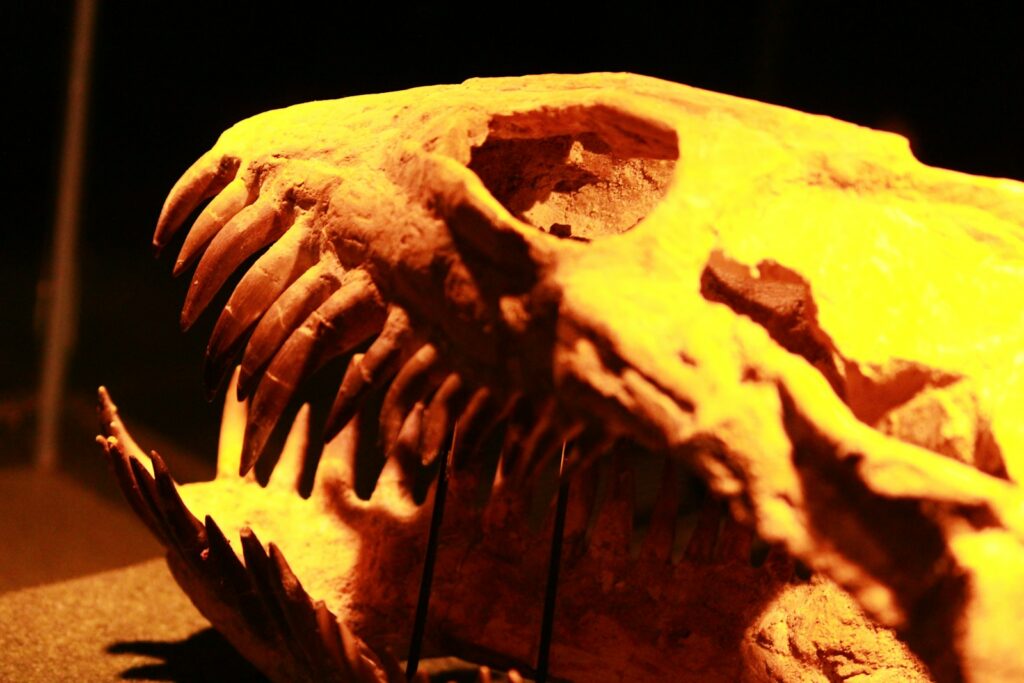
Delta deposits across multiple continents have yielded remarkably consistent evidence about dinosaur extinction, strengthening the case for a global catastrophe rather than regional events. From North America’s Hell Creek Formation to delta sequences in China’s Nanxiong Basin, the same pattern emerges—abundant dinosaur fossils below the K-Pg boundary and their abrupt disappearance above it. European delta deposits, particularly in Spain’s Tremp Formation, show identical extinction timing despite being thousands of miles from the impact site, confirming the truly global nature of the event. Southern Hemisphere delta sequences in Argentina and New Zealand demonstrate that dinosaur extinction occurred simultaneously across both hemispheres, ruling out hypotheses about hemispheric refugia. The consistency of extinction evidence across global delta environments has been crucial in establishing that dinosaur extinction was neither gradual nor regionally variable, but rather a sudden, worldwide phenomenon. These worldwide correlations, only possible through the study of delta deposits with their high-resolution preservation, have essentially closed the case on whether dinosaur extinction was gradual or catastrophic.
Modern Implications: Extinction Lessons from Deltas

The study of dinosaur extinction in delta environments offers sobering lessons for understanding modern biodiversity crises and environmental change. Contemporary deltas worldwide are recording current extinction events and ecosystem changes in ways remarkably similar to those that preserved dinosaur extinctions. Rising sea levels are creating transgressive sequences in modern deltas that mirror those found at previous extinction boundaries, potentially preserving evidence of human-caused extinctions for future scientists. Research on ancient delta responses to catastrophic events provides predictive models for how these crucial ecosystems might respond to current climate change and human impacts. The vulnerability of large-bodied dinosaurs to rapid environmental change parallels concerns about modern megafauna facing similar threats in delta habitats like the Sundarbans or Okavango. Perhaps most importantly, delta studies demonstrate how quickly ecosystems can collapse when environmental thresholds are crossed—a warning about potential tipping points in our current biodiversity crisis. By understanding how delta environments recorded past extinction events, scientists gain valuable context for interpreting the biological changes occurring in these same environments today.
Future Research Directions

The field of delta paleontology continues to evolve, with several promising research directions that may further illuminate dinosaur extinction processes. Advanced geochemical techniques now allow scientists to extract ancient DNA and proteins from delta sediments themselves, not just from fossils, potentially revealing dinosaur species present in areas where bones weren’t preserved. Improvements in radiometric dating methods are increasing the temporal resolution of delta sequences, potentially allowing researchers to determine extinction timing down to decades rather than millennia. Interdisciplinary collaborations between paleontologists and modern delta ecologists are creating more sophisticated models of how extinction events unfold in these environments. High-resolution scanning technologies now permit non-destructive examination of delta sediment cores, revealing fossil evidence that might be missed by traditional excavation methods. Perhaps most excitingly, exploration of previously unstudied delta deposits in remote regions of Africa, South America, and Asia may yield new dinosaur extinction evidence that tests or refines current hypotheses. As these research frontiers advance, river deltas will remain essential archives for understanding not just how dinosaurs died, but how extinction processes operate across Earth’s history.
Conclusion

River deltas have emerged as invaluable time capsules that continue to transform our understanding of dinosaur extinction. Their unique preservation conditions—rapid burial, fine sediment layering, and chemical archiving—create geological records with exceptional temporal and ecological resolution. From the Hell Creek Formation to delta deposits worldwide, these environments consistently tell a story of sudden, catastrophic change rather than gradual decline. The evidence preserved in delta sediments has been instrumental in confirming the asteroid impact hypothesis while revealing the complex cascade of environmental effects that followed. As we face current biodiversity challenges, the lessons from these ancient delta archives remind us how quickly ecosystems can transform when environmental thresholds are crossed. Through continuing research in these remarkable environments, we gain not just a clearer picture of dinosaur extinction, but deeper insights into Earth’s response to catastrophic change throughout its long history.

